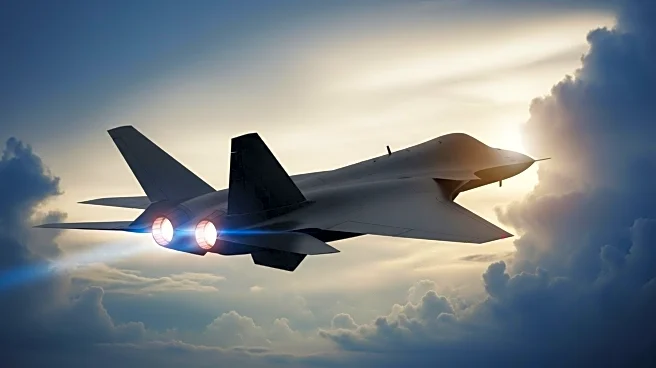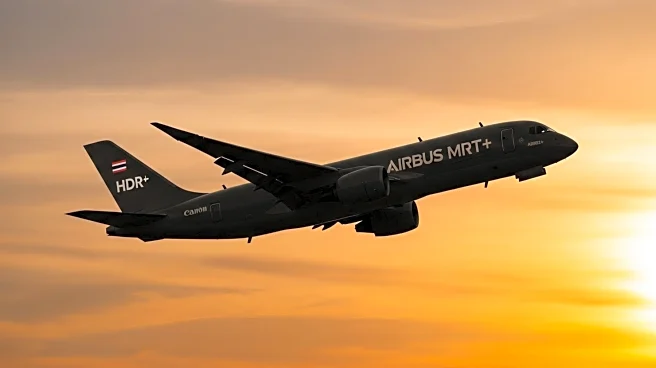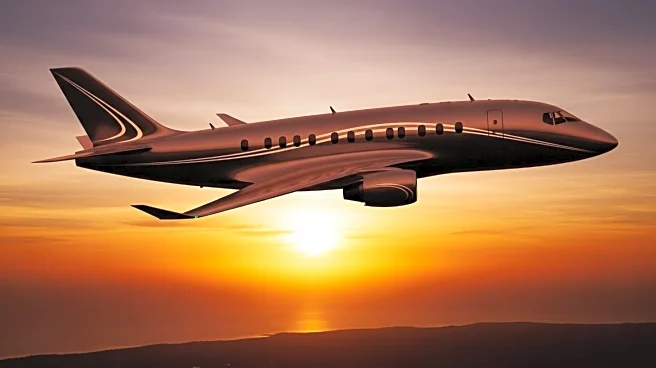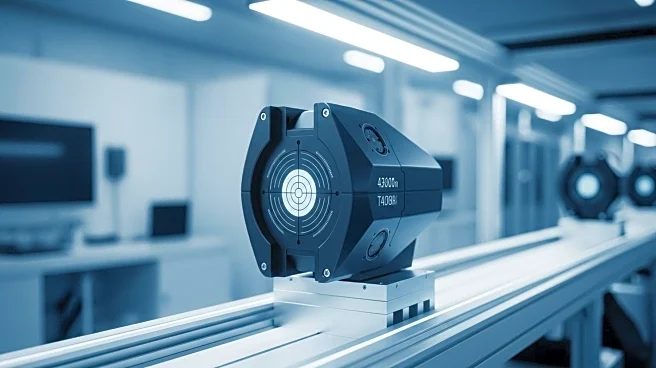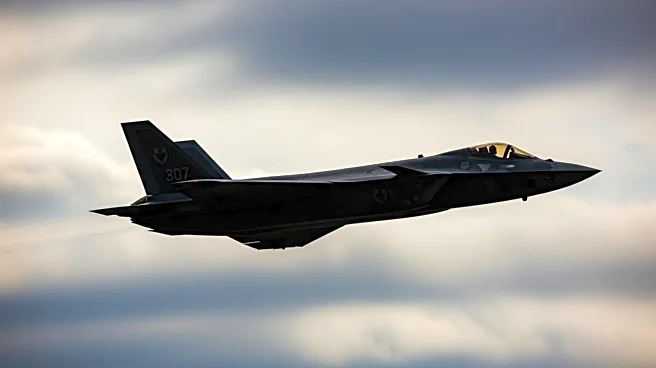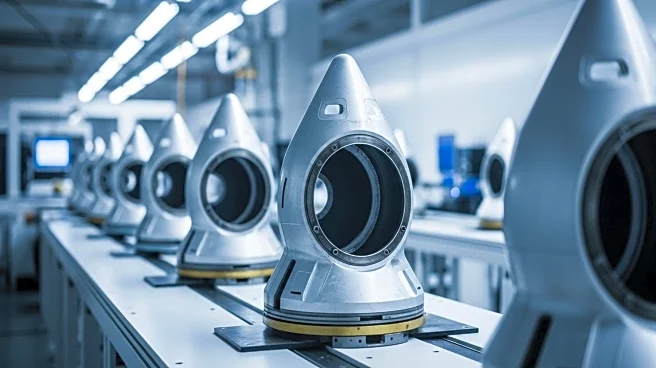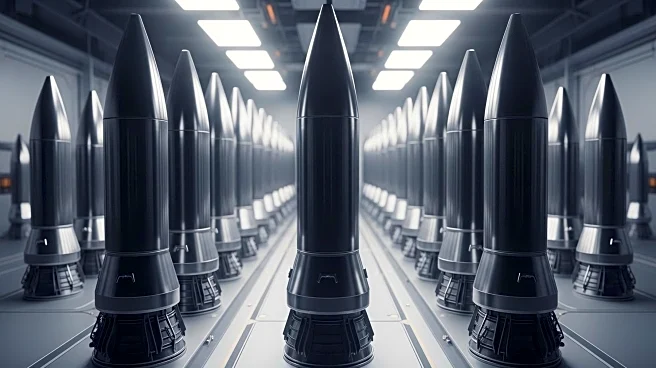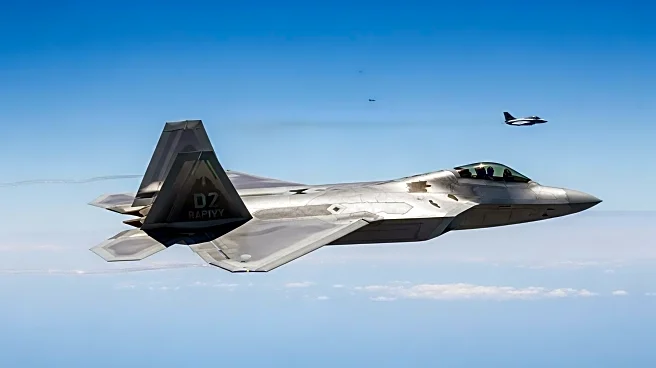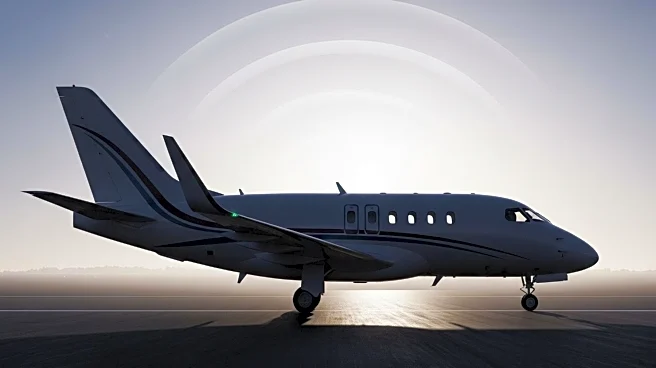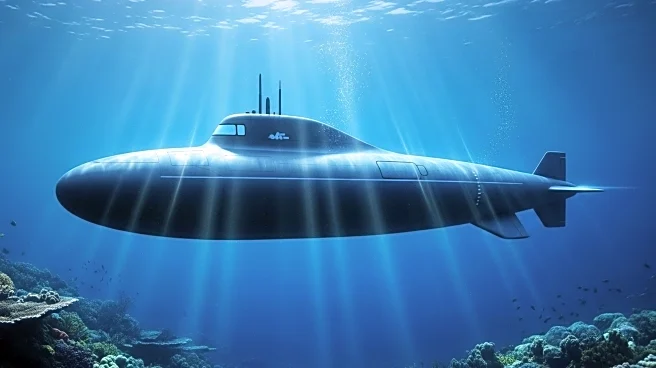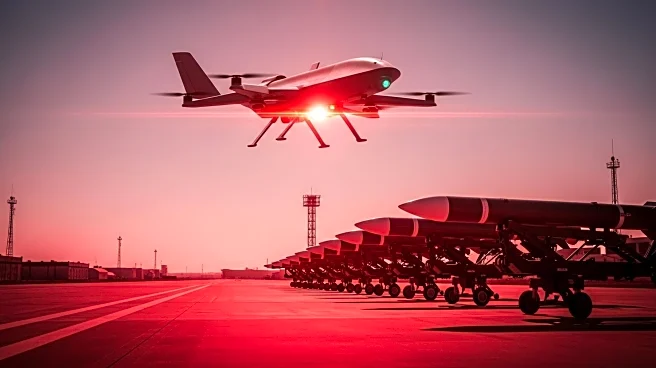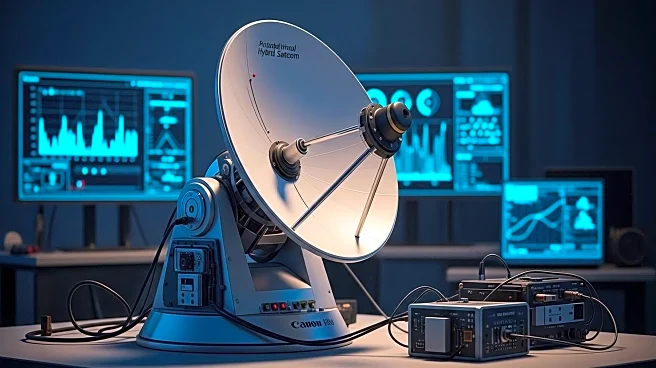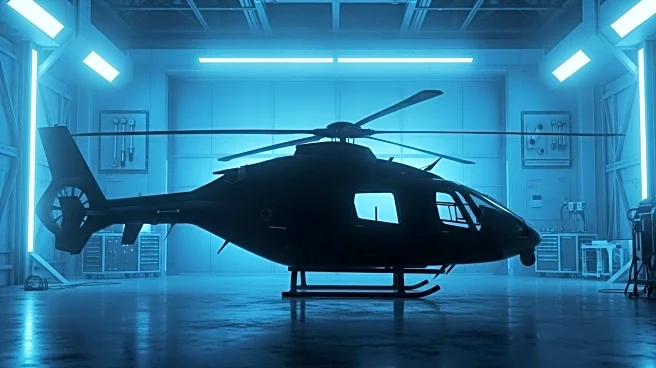What is the story about?
What's Happening?
The Pentagon is advancing its military aviation capabilities with the development of sixth-generation fighter jets equipped with adaptive engines. These new aircraft promise to redefine air combat with enhanced technological capabilities, including reconfigurable radars and autonomous wingmen. The evolution of fighter jets over the past 80 years has seen significant technological advancements, from the P-80 Shooting Star to the F-4 Phantom, each generation bringing new capabilities that have changed aerial combat. The sixth-generation jets are expected to focus on long-range capabilities and versatility, reflecting current geopolitical challenges.
Why It's Important?
The development of sixth-generation fighter jets represents a significant leap in military technology, potentially altering the strategic landscape of air combat. These advancements could provide the U.S. military with superior capabilities in terms of speed, stealth, and technological integration, enhancing its ability to respond to global security challenges. The emphasis on long-range capabilities suggests a focus on Indo-Pacific engagements, which are increasingly important in the context of rising tensions in the region. The introduction of these jets could influence military strategies and defense policies worldwide.
What's Next?
As the U.S. Air Force and Navy continue to develop their Next Generation Air Dominance programs, the exact specifications of these sixth-generation jets remain closely guarded. However, their potential impact on military strategy is significant, with expectations of redefining air combat standards. The ongoing development will likely involve further technological innovations and strategic planning to ensure these jets meet future combat needs. The introduction of these aircraft could lead to shifts in global military power dynamics and influence international relations.
AI Generated Content
Do you find this article useful?
